About Sacraments and Rites
NLC ARTICLES

The relationship between symbolic action and sacramental grace is explored to help deepen understanding of how sacraments function in the life of the Church.
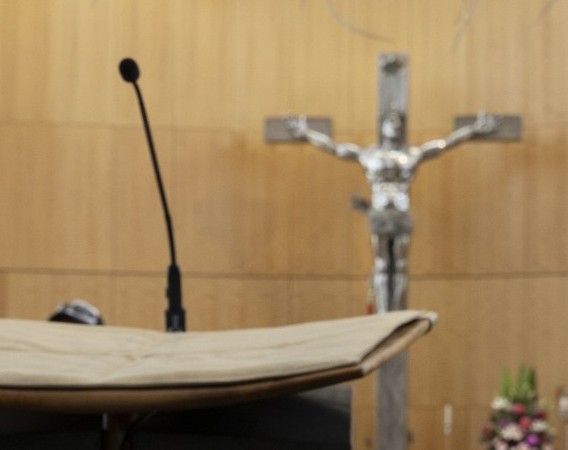
The distinctions and connections between signs, symbols, and sacraments are examined to reveal how outward expressions carry deep theological meaning.

The evolving significance of symbols and signs within liturgical practice is considered as a way to foster richer participation in worship.

A clear summary of the seven sacraments is provided, highlighting their unique roles and shared purpose within the Church’s sacramental life.
DIOCESAN RESOURCES
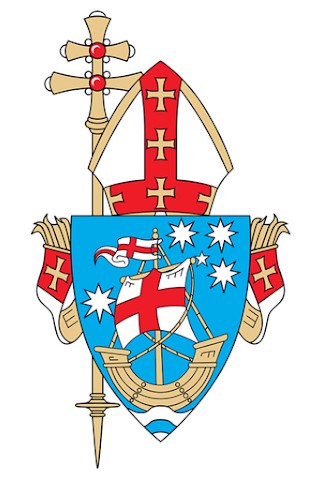
Adelaide
Comprehensive guidance is available on each sacrament as celebrated in the Archdiocese of Adelaide, including pastoral support and parish procedures.
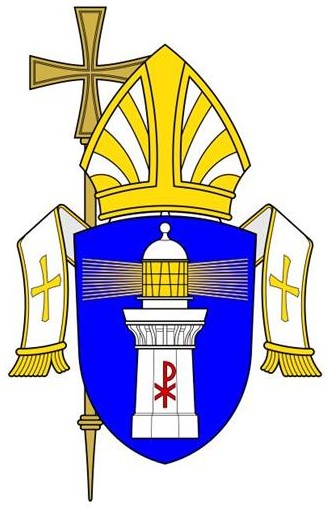
Broken Bay
This webpage provides guidelines for lay leaders of liturgy for the Archdiocese of Brisbane. It outlines the principals of these celebrations and the various rites and contexts where lay leaders may preside. It includes guidelines on the discernment and formation of Lay Leaders.

Sale
The importance of Baptism, Confirmation, and Eucharist as the foundational sacraments of Christian initiation is explained in the context of local practice.
The role of the sacraments of Penance and Anointing of the Sick in offering spiritual restoration and comfort is described in pastoral terms.
The sacraments of Matrimony and Holy Orders are discussed as unique expressions of vocation and service in the life of the Church.
OTHER RESOURCES
Journal Articles
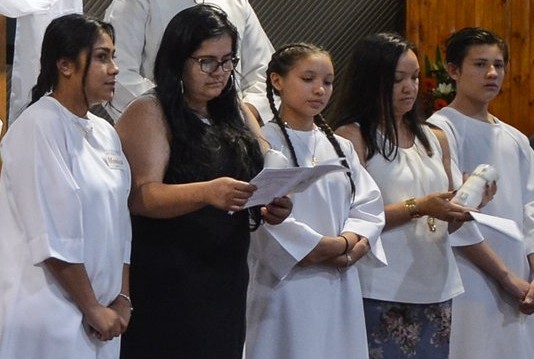
Preparation of parents for the initiation of their children is key to their involvement in the rituals, and results in a greater readiness to engage in the completion of the rituals if they understand their ongoing responsibility.
Bulletin Articles

The historical and theological unity of the sacraments of initiation is reflected upon, with a focus on their role in shaping Christian identity.
Podcasts
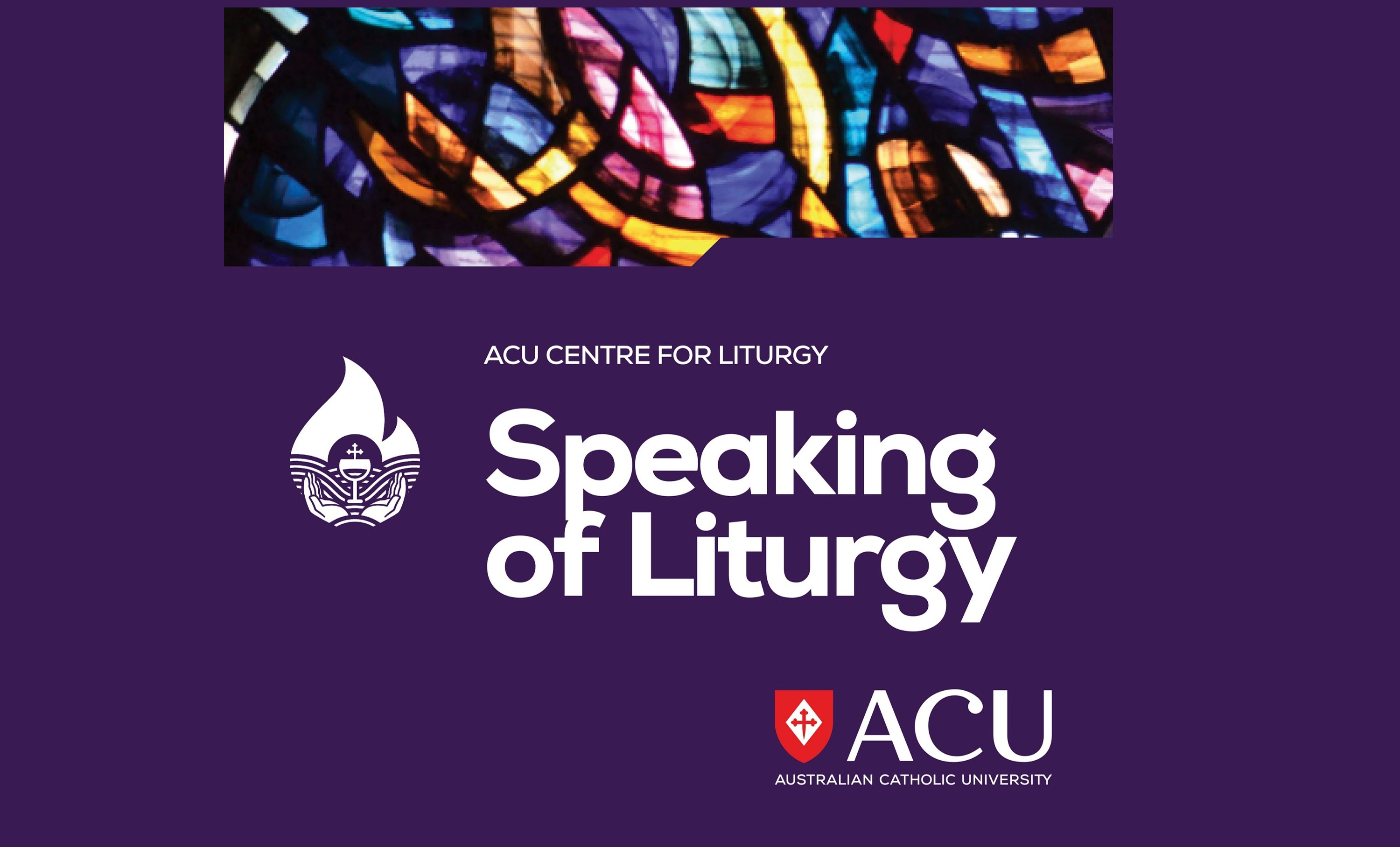
Fr Brian Nichols discusses the art of presiding and how the best ministers invite people into prayer. He describes some of the qualities associated with good liturgical leadership.

